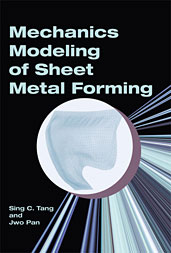Technical Paper
Development of an Al2O3/ZrO2-Composite High-Accuracy NOx Sensor
2010-04-12
2010-01-0041
In 1999, the first generation NOx sensor from NGK Spark Plug, Co., Ltd. was commercialized for use in gasoline LNT NOx after-treatment systems [ 1 ]. Since then, as emissions regulations and OBD requirements have become more stringent, the demand for a high-accuracy NOx sensor with fast light-off has increased, particularly for diesel after-treatment systems. To meet such market demands, NGK Spark Plug, Co., Ltd. has developed, in collaboration with Ford Motor Company, a second generation NOx sensor.

